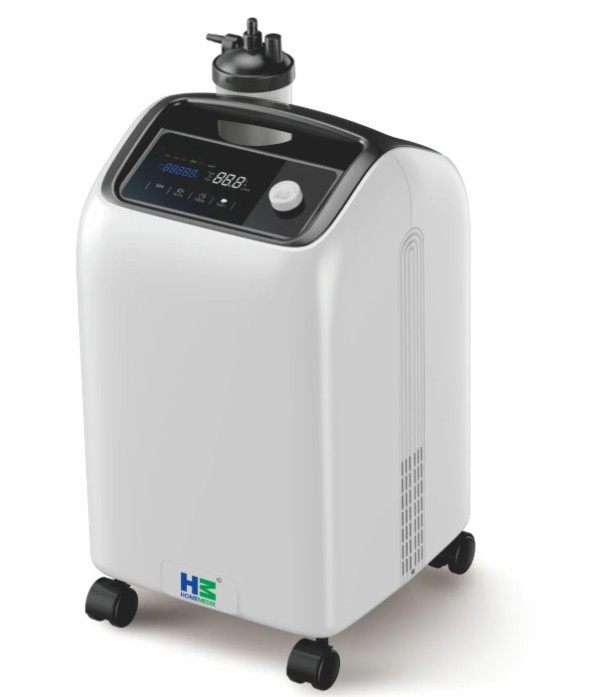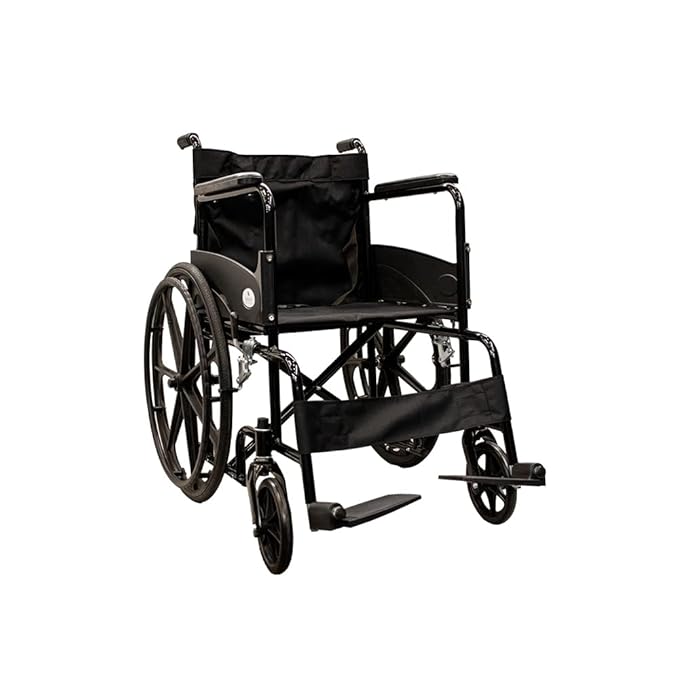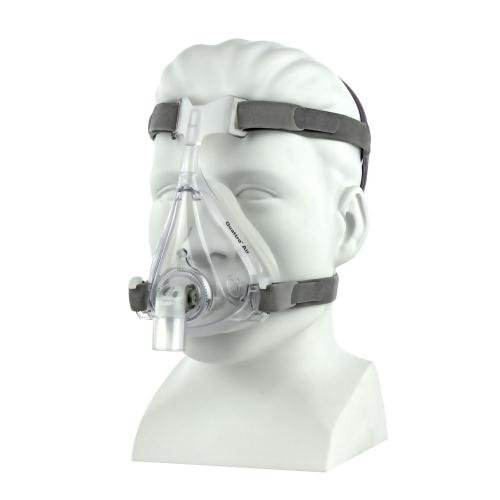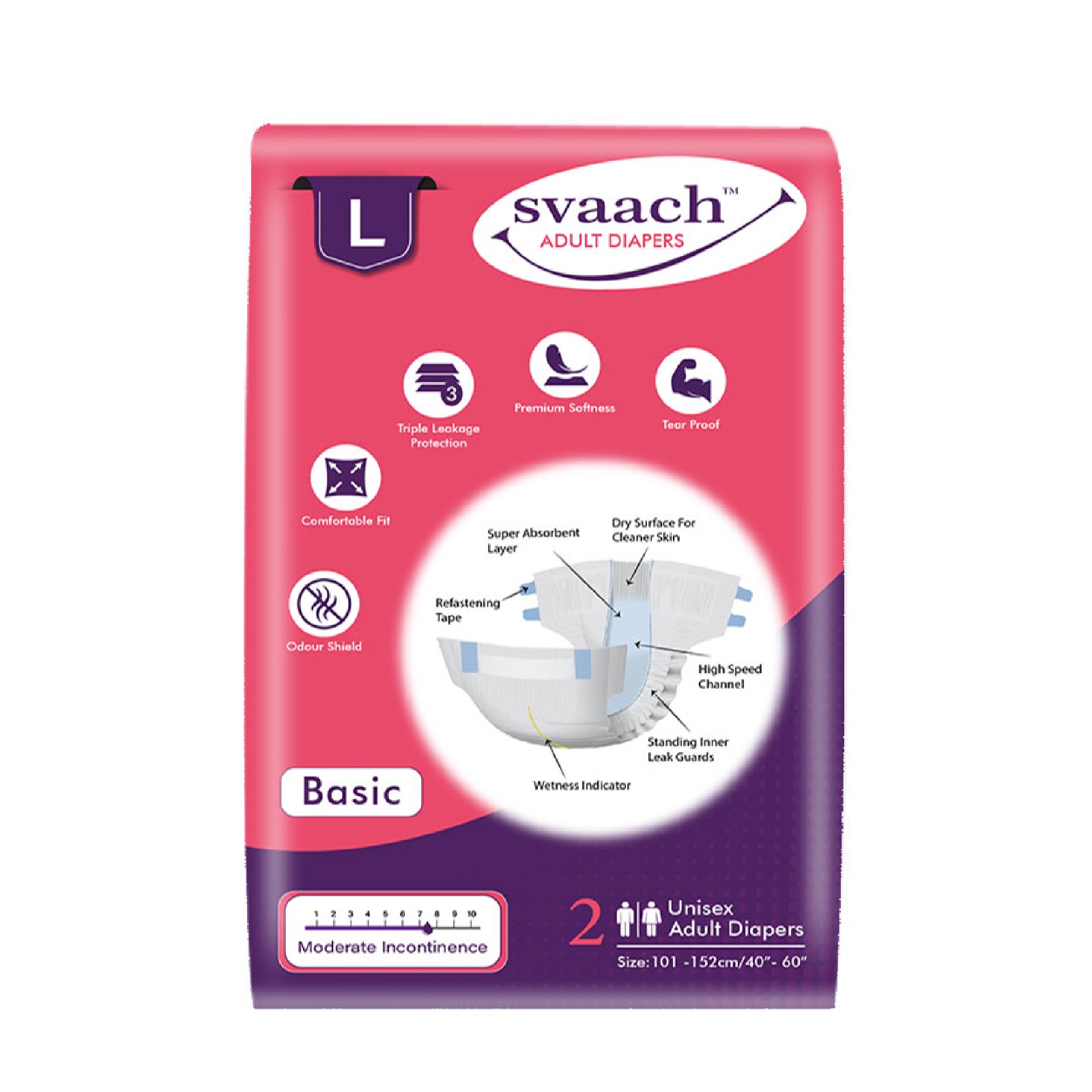Caused by increased access to prescription opioids such as OxyContin® in the mid-1990s, the
opioid epidemic describes the rapid growth in the number of people abusing, misusing, and overdosing on opioids.
Although the opioid crisis began three decades ago, it remains one of the most devastating public health issues in the United States. Each year, tens—if not hundreds—of thousands of people lose their jobs, homes, and loved ones to opioid addiction.
With this in mind, let’s take a closer look at the current state of the opioid epidemic and discuss some ways to combat this crisis.
What Are Opioids?
Opioids are a category of drugs with pain-relieving properties typically prescribed to treat moderate-to-severe pain that cannot be soothed with non-opioid painkillers, such as ibuprofen.
Although opioids can effectively alleviate pain, they are highly addictive. Since prolonged use of these drugs can lead to opioid addiction, they’re usually only recommended for short-term pain management.
Depending on their origin, opioids may be:
- Also known as opiates, natural opioids are alkaloids found in opium poppies. Some examples of opiates include codeine and morphine.
- Semi-synthetic. Semi-synthetic opioids, such as oxycodone and hydromorphone, are created in laboratories by synthesizing natural opioids.
- Synthetic opioids (e.g., fentanyl and methadone) are completely human-made from chemicals.
Put simply, opioids relieve pain by interacting with opioid receptors in the central nervous system (CNS), thus preventing the brain from receiving any pain signals sent from the body.
Besides pain relief, opioids can also induce euphoria by stimulating dopamine release, which increases the risk of opioid abuse and addiction.
What Are The Most Commonly Used Opioids in the US?
Every day in 2020, four Virginians on average lost their lives to opioid overdose. As tragic as it is, this makes up just a tiny fraction of all opioid overdose-related deaths in the United States.
More often than not, people tend to assume that most opioid misuse, addiction, and overdose cases are related to illegal opioids, such as heroin. However, out of nearly 81,000 Americans who died of an opioid overdose in 2021, only around 9,000 were found to have used heroin.
That said, while heroin-related deaths are on the decline, recently, there has been a significant increase in deaths involving fentanyl and other synthetic opioids:
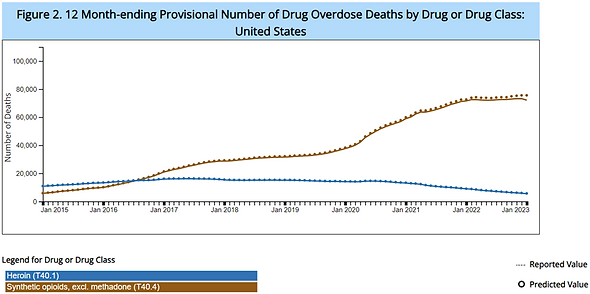
Source: Centers for Disease Control and Prevention
Centers for Disease Control and Prevention describes this phenomenon as the third wave of opioid overdose deaths. The first wave of such deaths involved mostly prescription opioids, whereas the second one was characterized by a rapid increase in heroin-related deaths.
Even though all opioids are addictive by nature, some of them are more frequently used—and abused—than others. In fact, prescription opioids are no less addictive or dangerous than illicit drugs.
More specifically, the most commonly prescribed opioids in 2020 were:
- Hydrocodone (Vicodin®, Lortab®, Norco®)
- Oxycodone (OxyContin®, Oxaydo®)
- Tramadol (Ultram®, ConZip®).
These same drugs, alongside codeine, were found to be the most commonly misused prescription painkillers in 2021 among people over the age of 12. In total, 8.7 million people reported misusing prescription painkillers, with just above 77% (approximately 6.6 million) of them misusing either hydrocodone or oxycodone.
How to Combat Opioid Epidemic
Like any public health crisis, the opioid epidemic can only be addressed with combined effort. Everyone in the community—including policymakers and healthcare providers—should work together to reduce exposure to opioids and encourage safe and responsible use of these drugs.
With that in mind, here are some practical ways to combat the opioid epidemic:
- Educating healthcare providers on state drug prescription laws, prescription drug monitoring programs (PDMPs), and opioid prescribing guidelines to reduce the risk of opioid abuse, addiction, and overdose.
- Raising patient awareness about non-opioid pain management options, the risks of taking opioids, proper opioid storage and disposal, and safe opioid use.
- Developing safe drug disposal sites to ensure unused opioid medication doesn’t end up in the wrong hands.
- Encouraging people who abuse opioids or are addicted to them to seek help and making opioid addiction treatment more accessible.
- Fighting illicit drug production and trafficking.
Final Thoughts
The opioid epidemic is a serious public health emergency that shouldn’t be taken lightly.
Addressing the opioid epidemic primarily involves raising awareness about opioids and the risks associated with their use, as well as preventing opioid misuse.
That said, the only foolproof way to avoid falling victim to opioid addiction is to refrain from taking opioids in the first place. If you are suffering from pain, consult your doctor about alternatives to opioids that could help you manage your condition.


